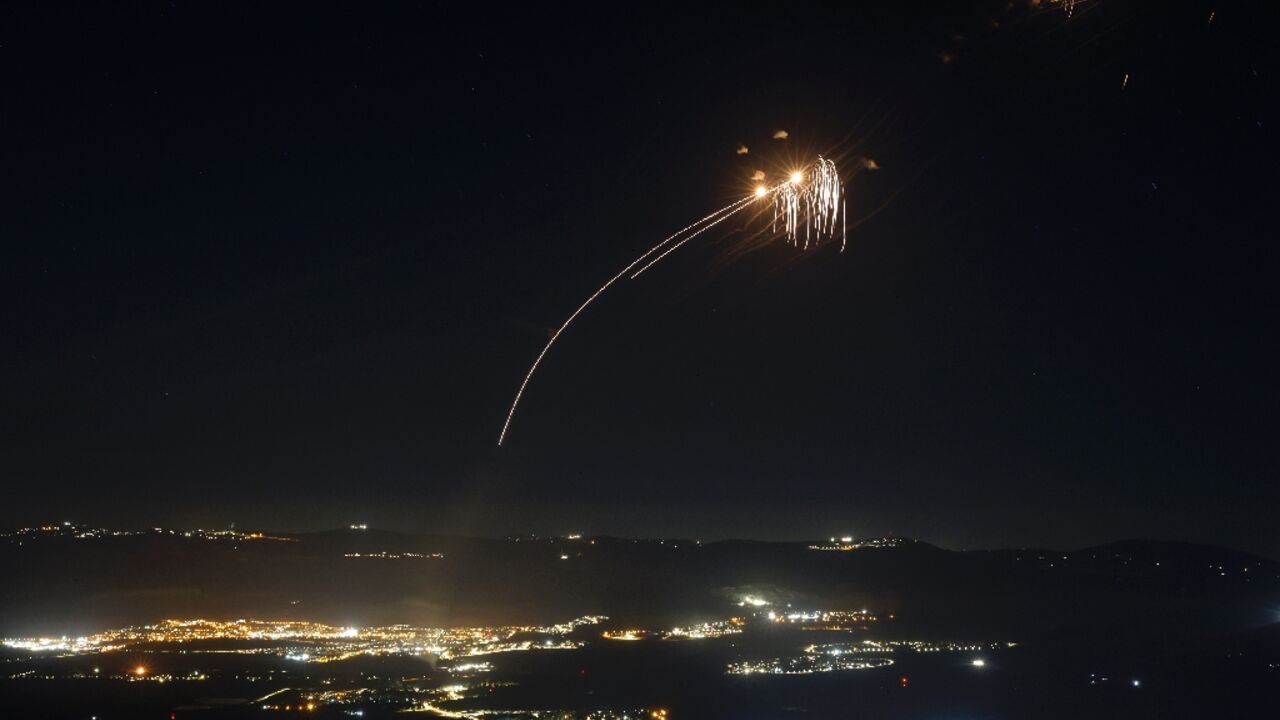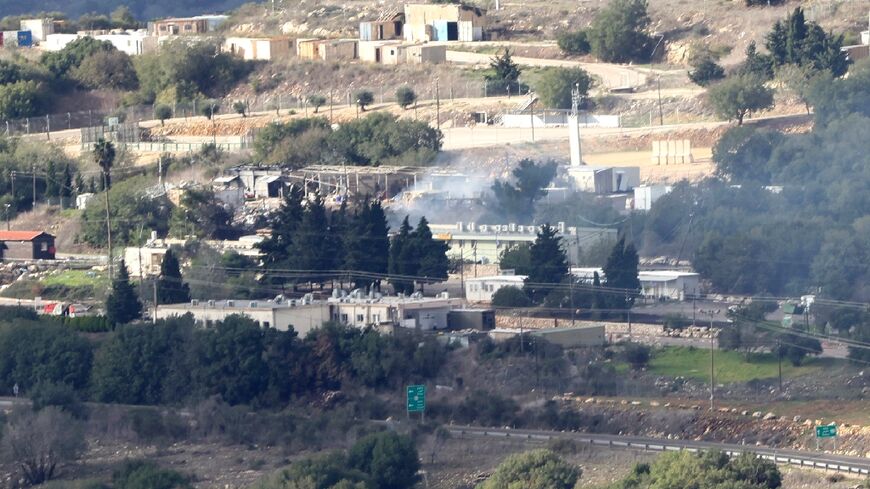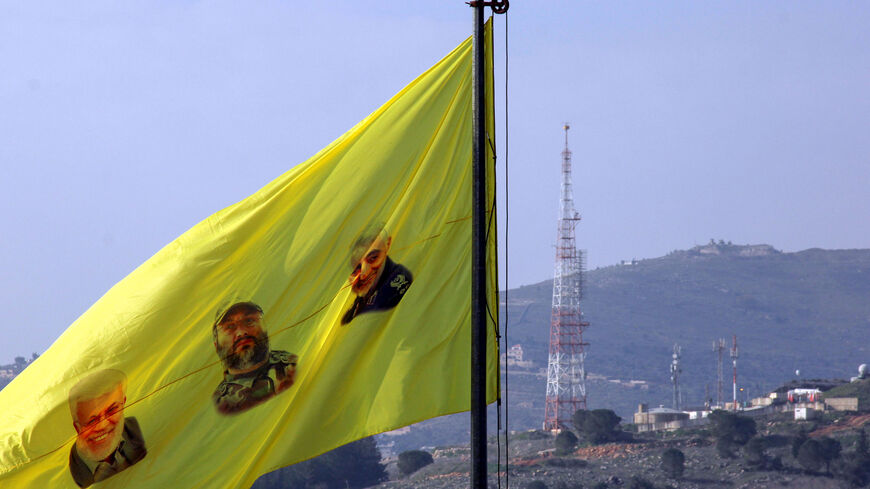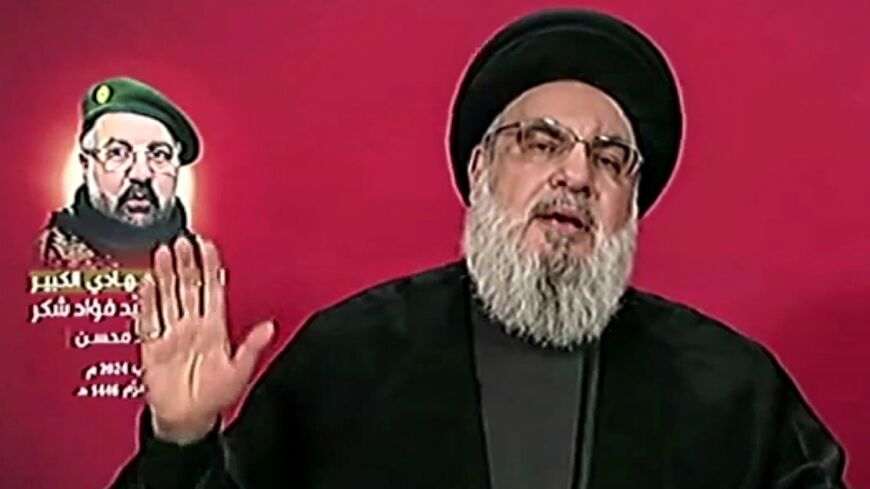Hezbollah reveals military muscle in clashes with Israel

Hezbollah has gradually revealed its military capabilities in 10 months of cross-border clashes with Israel, analysts say, including footage of purported underground missile facilities released Friday amid fears of all-out war.
The Lebanese Shiite Muslim movement, armed and financed by Iran, has traded near-daily fire with Israeli forces in support of its ally Hamas since the Palestinian militant group's October 7 attack on Israel triggered the Gaza war.
Fears of a major escalation skyrocketed after an Israeli strike last month on Beirut's southern suburbs killed Fuad Shukr, one of Hezbollah's top commanders, hours before an attack in Tehran, blamed on Israel, killed Hamas's political leader Ismail Haniyeh.
Since Israel and Hezbollah last went to war in 2006, the pro-Iran militant group has increased its military strength, according to analysts.
On Friday it released a polished video appearing to show its fighters trucking large missiles through tunnels at an underground facility.
Riad Kahwaji, head of the Institute for Near East and Gulf Military Analysis, a security consultancy, said it was "the most explicit video Hezbollah has ever released showing the size of its tunnels".
It also showed "for the first time what appeared to be missiles big enough to be ballistic missiles", he told AFP.
Hezbollah likely released the video to "deter" Israel from a major operation against it, he said.
- 'Blind spots' -
Prime Minister Benjamin Netanyahu has said Israel is "prepared both defensively and offensively" and "determined" to defend itself after the killings of Shukr and Haniyeh.
Pressure has been mounting on Israel to secure a truce that could avert a wider war, in parallel with intensified diplomatic efforts in Lebanon to avoid an escalation.
Kahwaji said that since October, "Hezbollah has been testing its tactics and weapons arsenal, and also looking for holes and vulnerabilities in the Israeli defence systems."
The group has used surveillance drones to locate Israel's Iron Dome air defence systems, with a view to overwhelming or destroying them, he said.
Hezbollah has made extensive use of inexpensive, sometimes locally produced drones to put pressure on Israeli air defences, analysts note.
The group has released three videos purportedly showing drone footage over military and other facilities in northern Israel including the port city of Haifa, and the annexed Golan Heights.
"The drones help Hezbollah detect blind spots in the Israeli radars and sensors. The group exploits the mountainous terrain and low flying of drones to evade Israeli early warning sensors," said Kahwaji.
"Repeated attacks enable Hezbollah to establish a better idea of Israeli defences and map potential entry points," he added.
Military analyst and retired Lebanese army general Khalil Helou said the drones are harder to detect because they are small and "have a very small radar print".
Hezbollah also exploits the fact that the Israeli army has little reaction time, he added.
"Hezbollah began firing Katyusha rockets, drones and guided missiles at the same time to overwhelm the Iron Dome," Helou said.
Hezbollah's anti-tank missiles can also cause significant damage because the Iron Dome system aims to intercept "indirect fire such as rockets or missiles, but is useless against direct fire", he added.
- 'Double-edged sword' -
Aram Nerguizian, a senior associate at the US-based Center for Strategic and International Studies, described Hezbollah's military "probing actions" as "a double-edged sword".
"They expose gaps in Israeli defences and are learning opportunities for Hezbollah operators," he said.
But "they also expose Hezbollah capabilities to Israeli countermeasures... and generate data points for an interconnected Israeli missile defence and counter-strike system," he added.
"It is very difficult to respond proportionately, in kind" to Shukr's killing without triggering a wider war against an Israeli army that "has significantly tightened up its security posture", he added.
Hezbollah has repeatedly said only a Gaza ceasefire deal will stop its attacks.
The violence since October has killed some 570 people in Lebanon, most of them Hezbollah fighters but including at least 118 civilians, according to an AFP tally.
On the Israeli side, including in the annexed Golan Heights, 22 soldiers and 26 civilians have been killed, according to army figures.
Kahwaji also said that Hezbollah wants to "avoid provoking Israel into an all-out war".
The movement is unable to "assassinate Israeli leaders and military commanders", he added.
"Its only strategy is to fire more missiles and increase the war rhetoric to show defiance."







